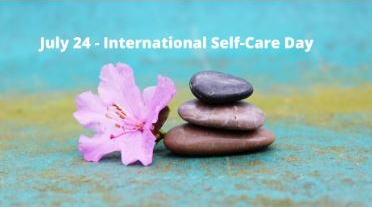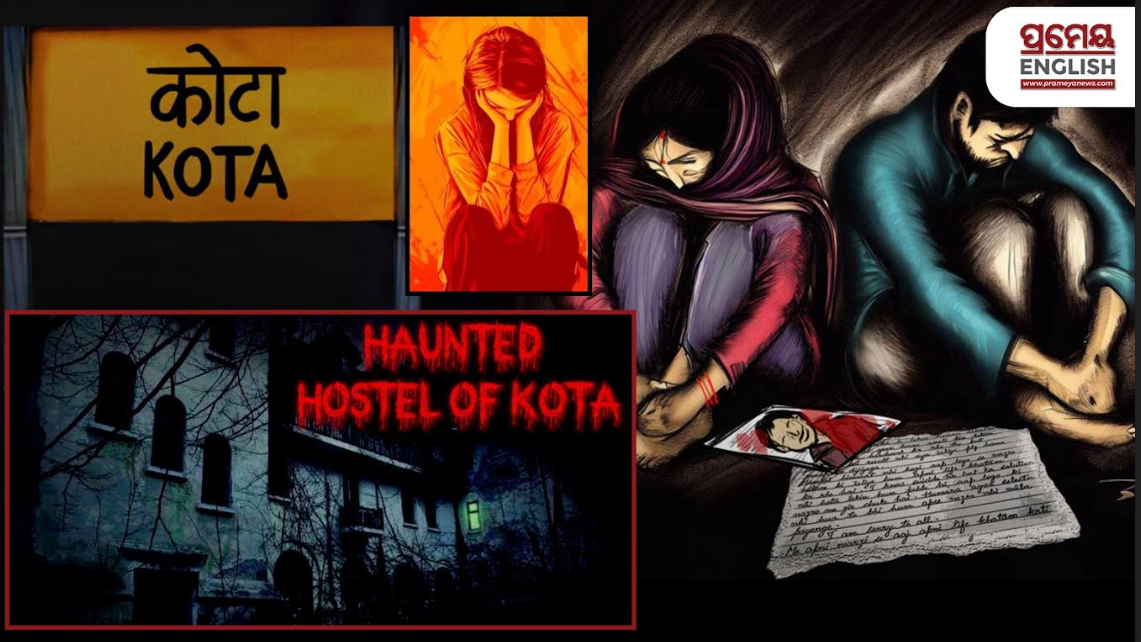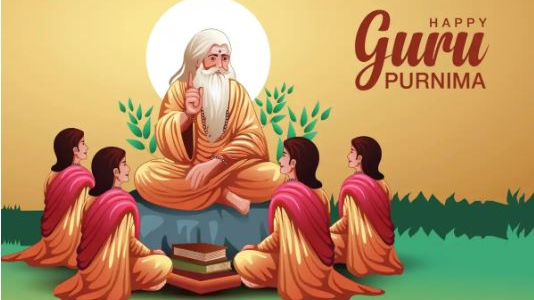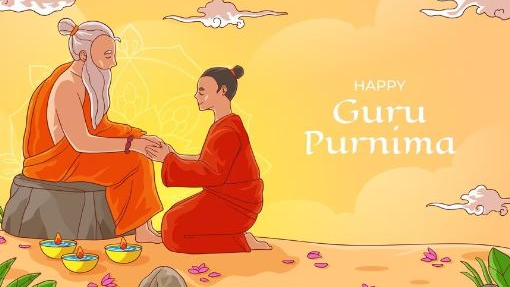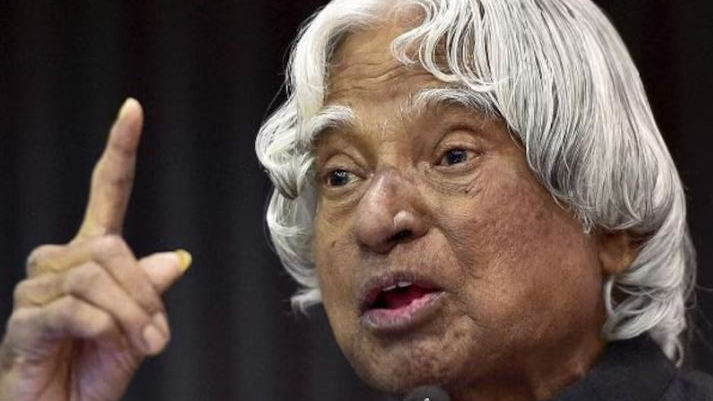Tuhina Sahoo
Bhubaneswar, April 29: International Dance Day is celebrated annually on April 29 to promote the art of dance and to raise awareness about its importance in societies worldwide. The day was established by the International Dance Council (CID) in 1982, and it coincides with the birthday of Jean-Georges Noverre, the French dancer and choreographer widely regarded as the creator of modern ballet.
The significance of International Dance Day lies in its ability to bring people together across cultures and borders through the universal language of dance. It serves as a platform to celebrate the diversity of dance forms, from traditional folk dances to contemporary styles, and to recognize the contributions of dancers, choreographers, teachers, and dance enthusiasts to the cultural fabric of communities worldwide.
On International Dance Day, various events and activities are organized globally to showcase the beauty and power of dance. These may include dance performances, workshops, masterclasses, flash mobs, and educational initiatives aimed at promoting dance as a form of artistic expression, physical activity, and social engagement.
One of the key objectives of International Dance Day is to advocate for the inclusion of dance in education and to highlight its benefits for physical and mental well-being. Dance has been shown to improve cardiovascular health, flexibility, coordination, and balance, while also boosting self-confidence, creativity, and emotional expression.
Moreover, International Dance Day serves as a reminder of the importance of preserving and supporting dance traditions, as well as fostering innovation and experimentation in the field of dance. It encourages individuals of all ages and backgrounds to explore the joy of movement and to appreciate the transformative power of dance in enriching lives and strengthening communities.
In essence, International Dance Day celebrates the artistry, diversity, and universal appeal of dance, while also advocating for its recognition as a vital form of cultural expression and a source of joy, inspiration, and unity for people around the world.
Prameya English interacted with some renowned dancers of Odisha who can speak with their feet and recite poetries in motion.
Sujata Mohapatra, an Odissi Dancer and the daughter-in-law of the Late Guru Padmabibhushan Kelucharan Mohapatra, expresses that she has received everything from her dance, which she considers to be her life. She finds pleasure, joy, happiness, blessings, and a connection with divine power through dance. She believes that dancing is a form of communication that allows her to spread joy and blessings to others, as the body serves as the best language to connect with people on a spiritual level.

Sikata Das, the Chief Executive Officer of the Guru Kelucharan Mohapatra Odissi Research Centre and daughter of late Padma Shri Manoranjan Das, a renowned playwright, emphasizes the significance of International Dance Day in promoting mental and physical well-being. She believes that dance, whether classical, modern, or any other form, serves as a medium for communication, connecting individuals and enriching their lives.
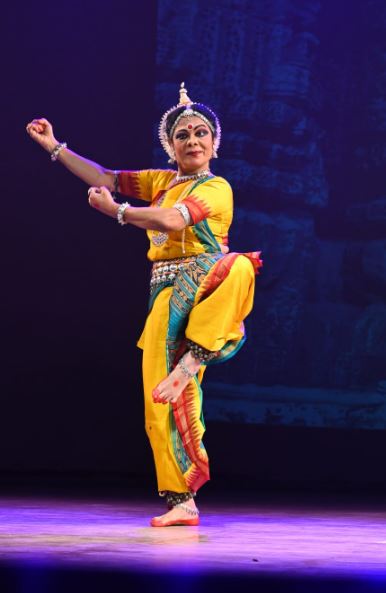
Kumar Bhimsen, an Odissi exponent and traditional dancer of Lord Jagannath acknowledges the significance of International Dance Day and emphasizes that dancers dedicate their time to dancing. To him, the legacy of Odissi dance represents more than just tradition; it embodies a profound duty to safeguard and transmit. Through every elegant performance, he not only honors the divine but also leaves an enduring imprint on the realm of Odissi dance. He believes in reaching every corner of the world through folk dance and music. He discovered the beautiful tradition of performing in front of Lord Jagannath himself, a spiritual experience that continues to shape his artistic journey. Kumar Bhimsen believes that dance leads to staying healthy and fit.

Yudhisthir Nayak, an Odissi dancer at the Odisha Dance Academy and a disciple of Padmashri Guru Aruna Mohanty, believes that just like sleep and eating, dance is also essential in daily life. He highlights the misconception that Odissi dance is only for women, clarifying that men can also excel in this art form. Drawing inspiration from legends like late Guru Kelucharan Mohapatra and Birju Maharaj, Yudhisthir emphasizes that Indian classical dance has many talented male dancers. He advocates for dance as a means to stay physically fit.

Meghna Mohanty, an Odissi dancer, dance teacher, and choreographer at DM School, Bhubaneswar, extends her wishes to everyone on International Dance Day. With experience in choreographing over 50 Odia bhajans, she observes that while many in Odisha are drawn to modern dance, Odissi dance captivates audiences outside and inside India. Meghna believes that dance not only helps maintain physical fitness but also provides deep satisfaction to the mind and soul.














